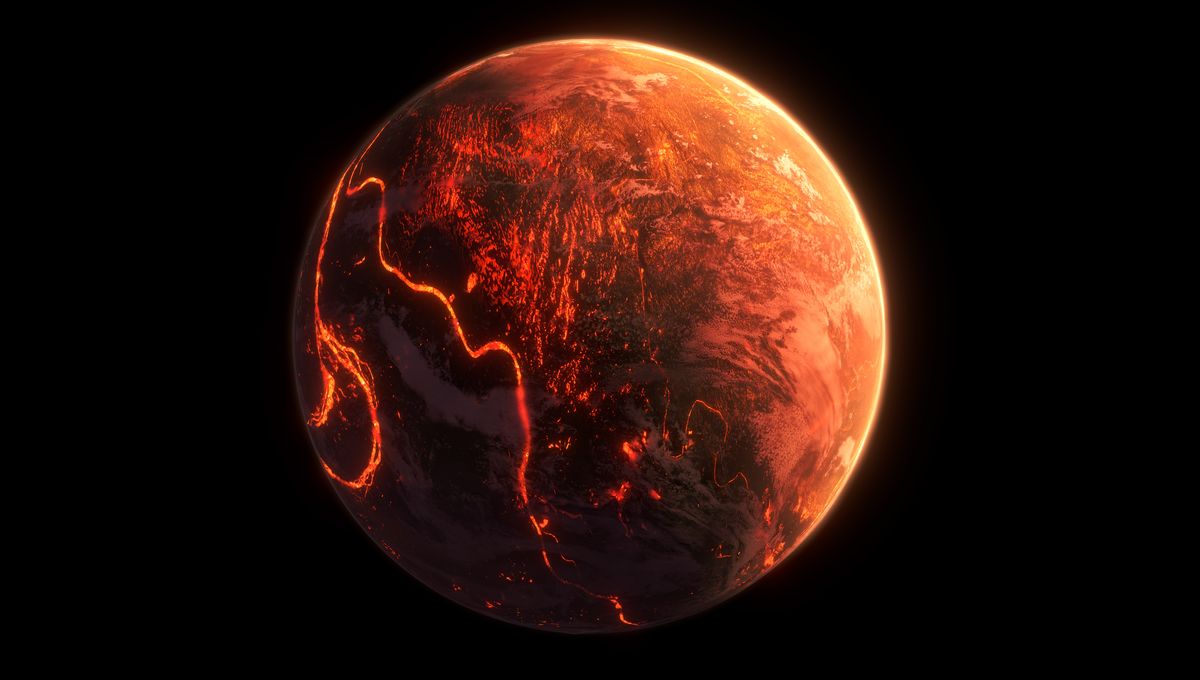
A group of geologists investigating early Earth have killed two birds with (literally) one stone. Studying rocks in the Pilbara Craton in Western Australia – one of the oldest and most stable pieces of the Earth’s crust – they found the earliest evidence of a rapidly moving crust, a hallmark of plate tectonics. And that’s not all, they also found evidence that the magnetic field was also already present, and switched around on occasion, billions of years ago.
The rocks in the Pilbara Craton are estimated to be 3.25 billion years old. They showed that the Earth’s crust back then was moving at about 6.1 centimeters (2.4 inches) per year. That’s double the estimate of a previous study from the same team and about four times the current rate.
“There’s a lot of work that seems to suggest that early in Earth’s history plate tectonics wasn’t actually the dominant way in which the planet’s internal heat gets released, as it is today, through the shifting of plates,” lead author Alec Brenner from Harvard University said in a statement. “This evidence lets us much more confidently rule out explanations that don’t involve plate tectonics.”
These alternative hypotheses include the “stagnant lid tectonics” and “true polar wander”. However, this new evidence suggests the motion of the crust is too fast to be explained by these scenarios.
The findings also show that 3.2 billion years ago, Earth’s magnetic field flipped: north became south and vice-versa. Magnetic pole reversals are pretty common, it’s happened 183 times in the last 83 million years alone. The evidence that this was happening so early in the history of the Earth, however, suggests that the magnetic field was stable and strong enough already.
“It paints this picture of an early Earth that was already really geodynamically mature,” Brenner said. “It had a lot of the same sorts of dynamic processes that result in an Earth that has essentially more stable environmental and surface conditions, making it more feasible for life to evolve and develop.”
Understanding what the early Earth was like has a huge impact on understanding when and how life started on our planet. It seems that 3.2 billion years ago, both the surface and the interior of Earth were stable and this likely led to the right conditions for the evolution of life.
“Finally being able to reliably read these very ancient rocks opens up so many possibilities for observing a time period that often is known more through theory than solid data,” said Roger Fu, also of Harvard. “Ultimately, we have a good shot at reconstructing not just when tectonic plates started moving, but also how their motions — and therefore the deep-seated Earth interior processes that drive them — have changed through time.”
The study is published in the Proceedings of the National Academy of Science.
Source Link: Earth's Plate Tectonics And Pole Flips Were Already Happening 3.25 Billion Years Ago